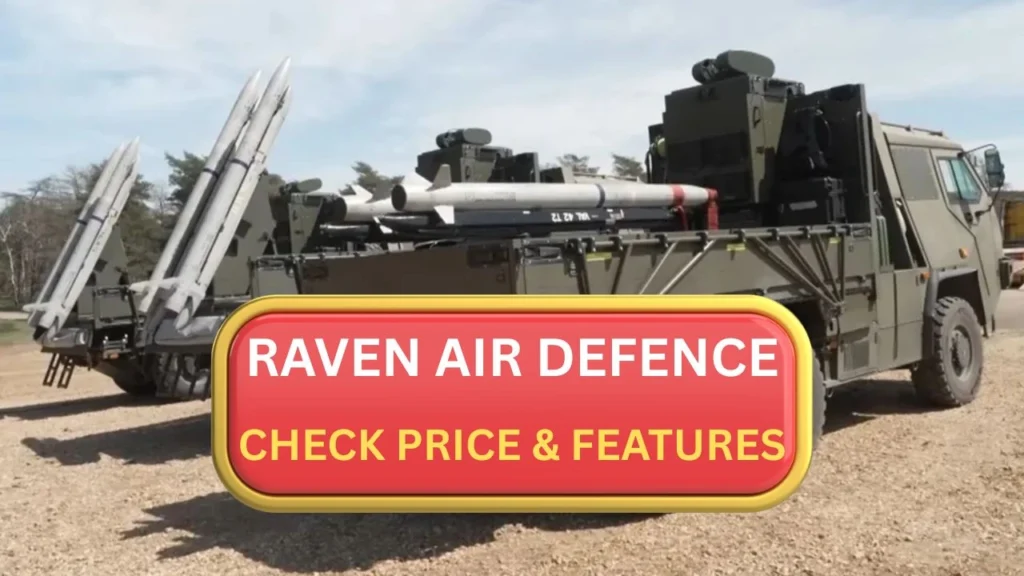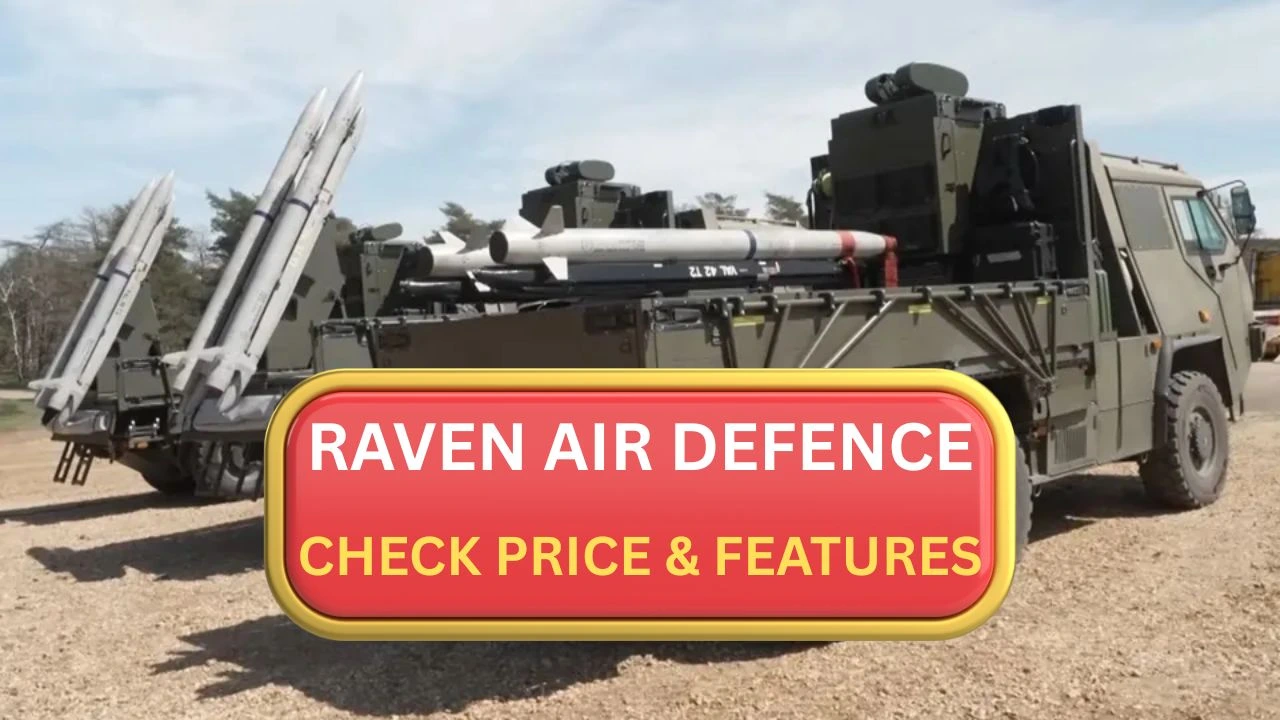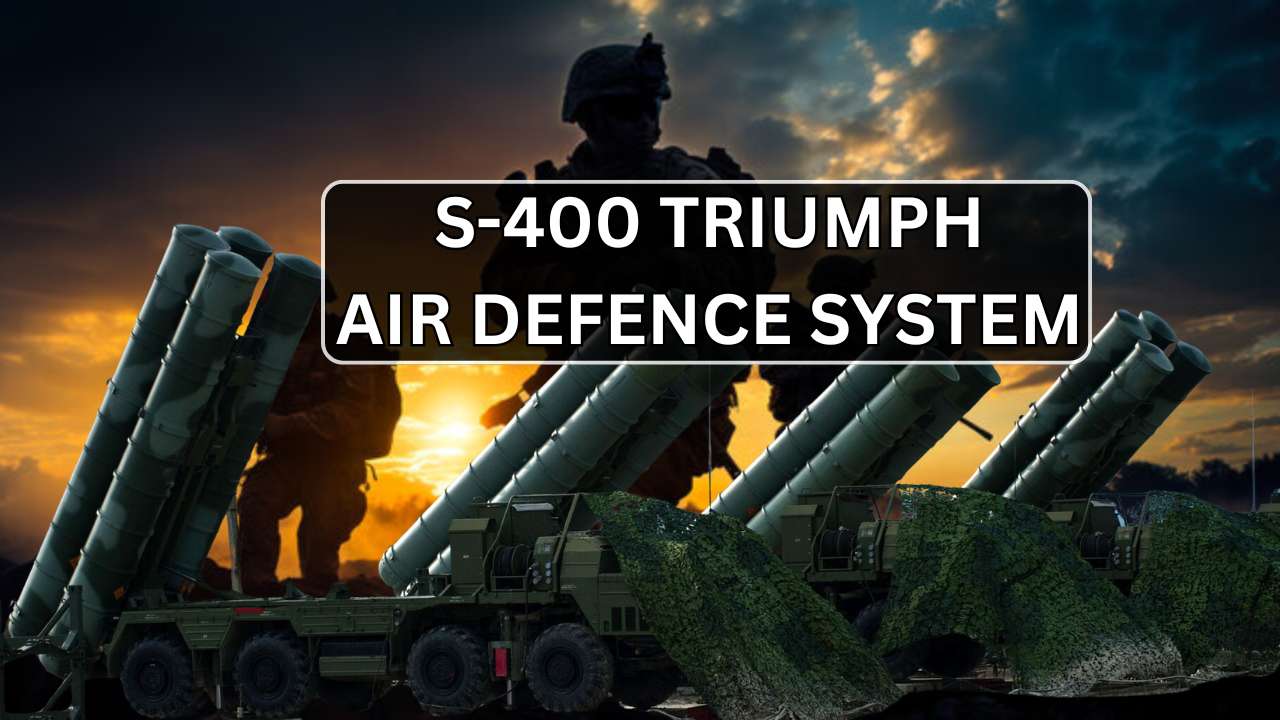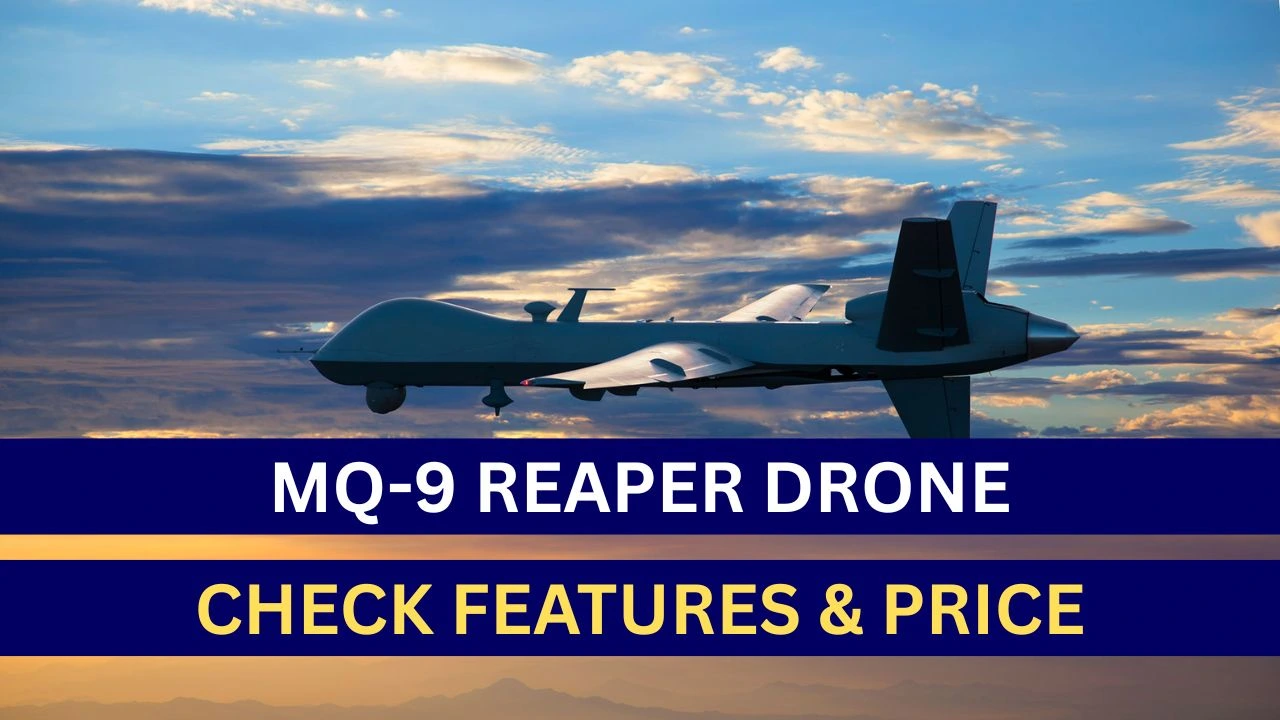The changing face of warfare today has brought with it a lot of threats in the form of drones, cruise missiles, and low-flying threats that will no doubt impact all forms of warfare for decades to come. It is also an exciting time for the developers of short-range air defence systems (SHORAD) now that air threats are becoming more prevalent and militaries are ramping up their acquisition strategies. One of the most exciting SHORAD platforms on the rise is the RAVEN Air Defence System.
RAVEN is a modern, tactical, and highly mobile system for today’s operational environment that is designed to provide real-time protection and reaction to aerial threats as they occur. The RAVEN Air Defence System Range is 10-20 Kms and it is capable of destroying low flying drones.
The name “RAVEN” denotes speed, intelligence, and precision; all attributes that resonate with its battlefield capable attributes. It is not designed to compete with long range systems like the Patriot or S-400, but serve the more critical role of filling the gap at the lower-tier level of air defenses, where many threats and smaller more agile threats are likely to be overlooked. You should know that the RAVEN Air Defence System Price is £200,000 and it is developed by United Kingdom.

RAVEN Air Defence System
RAVEN Air Defence System is a modern SHORAD (Short-Range Air Defence) system built to address the current world class aerial threats including low-flying modern aviation, drones, helicopters and cruise missiles. RAVEN is designed for mobility, accuracy, performance and control. As such, RAVEN can be lost by short mobilisations in to combat in any terrain type rather complicated strategic areas.
While it is worth noting that technical specifications will vary somewhat from country and configuration, RAVEN is generally acknowledged to be a radar guided, missile-based defence system that combines tactical long/short range missiles, tactical or operational air defence missiles that will have target acquisition capabilities through its state of the art radar, electro-optical, or infrared detectors.
RAVEN Air Defence System Range & Price
| Aim | RAVEN Air Defence System, Range, Price, Features |
| RAVEN Air Defence System Range | 10-20 km range |
| Key features of the RAVEN Air Defence System | fast target acquisition time, user-friendly interface, and seamless integration |
| What is the usage of the RAVEN Air Defence System? | Forward base protection, convoy air defence, urban area security, military infrastructure shielding. |
| How flexible RAVEN Air Defence System? | designed to function independently or as a component of a more extensive Integrated Air Defence System (IADS) |
| RAVEN Air Defence System Price | £200,000 |
| Category | News |
| Resources | https://www.army-technology.com/ |
Components of RAVEN Air Defence System
- Radar Unit: A 3D AESA radar (Active Electronically Scanned Array) has the capability of detecting multiple targets simultaneously with a radar signature of small UAVs and cruise missiles, especially at lower altitudes.
- Electro-Optical (EO) Sensors: These consist of thermal imagers and infrared tracking modules to ensure RAVEN will be effective in jamming or GPS-denied environments.
- Command and Control Vehicle: The command vehicle contains a battlefield management system (BMS) for complex and fast coordination of targeting and engaging threats, while also relaying data to higher command or allied systems.
- Missile Launch Units: Typically equipped with 4–8 canisterized short-range missiles designed to intercept aerial targets with a proximity hit accuracy.
Features Of RAVEN Air Defence
All-Weather, Day-Night Operation
RAVEN is capable of tracking and engaging targets in fog, rain, or complete darkness through its use of radar and infrared sensors, meaning it can maintain operational effectiveness in all environmental conditions.
Fast Target Engagement
The combination of very high-speed processing and digital fire control enables RAVEN to go from detection to launch in less than 10 seconds. RAVEN is intent on taking out fast-moving, low-flying threats such as cruise missiles or attack drones.
360 Degree Coverage
The system is capable of full perimeter defense with the capability to observe and engage targets in full 360 degrees. In modern conflict, operational engagement needs to include threats at varying angles or altitudes.
Low Signature Operation
RAVEN’s radar can operate in a low probability of intercept (LPI) mode and can also perform passive detection, making it very difficult for enemy reconnaissance to target.
Modular Missile Options
The RAVEN can operate with a variety of missiles, making it adaptable depending on operational requirements from point defense of drones to anti-aircraft interception.
Frequently Asked Questions On RAVEN Air Defence System
When was it developed and delivered?
The Raven was envisioned in August 2022 and transitioned from concept to prototype in three months, and by early 2023, wit as in the service of Ukraine.
How many systems and missiles does Ukraine currently have?
As of May 2025, eight Raven units have already been delivered to Ukraine, with five more en route, which would mean a total of 13 units. Also, over 400 ASRAAM missiles have already been delivered.
What are the missiles’ specifications?
Each system has two AIM‑132 ASRAAM missiles~ (88 kg, Mach 3 max speed). From a ground launch, they can engage a target up to ~15 km away while carrying a 10 kg fragmenting warhead.
Does the Raven have sensors, and how is it operated?
Yes, an electro‑optical turret affixed to the vehicle provides 360° target detection. Operators can initiate strikes while inside the armoured cab, or remotely from up to 50 m away using a console-style gamepad.















